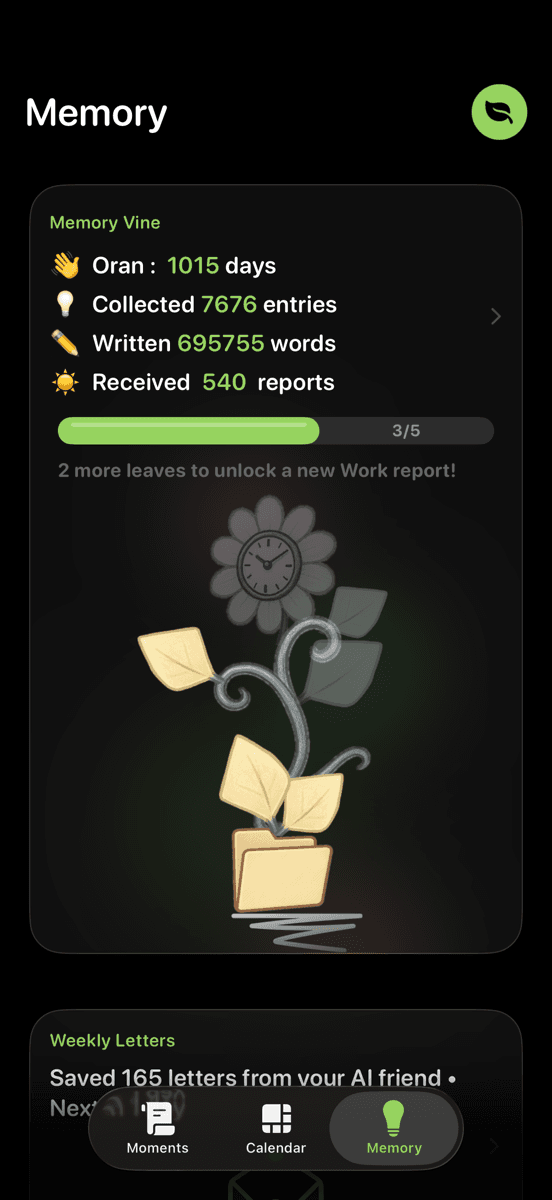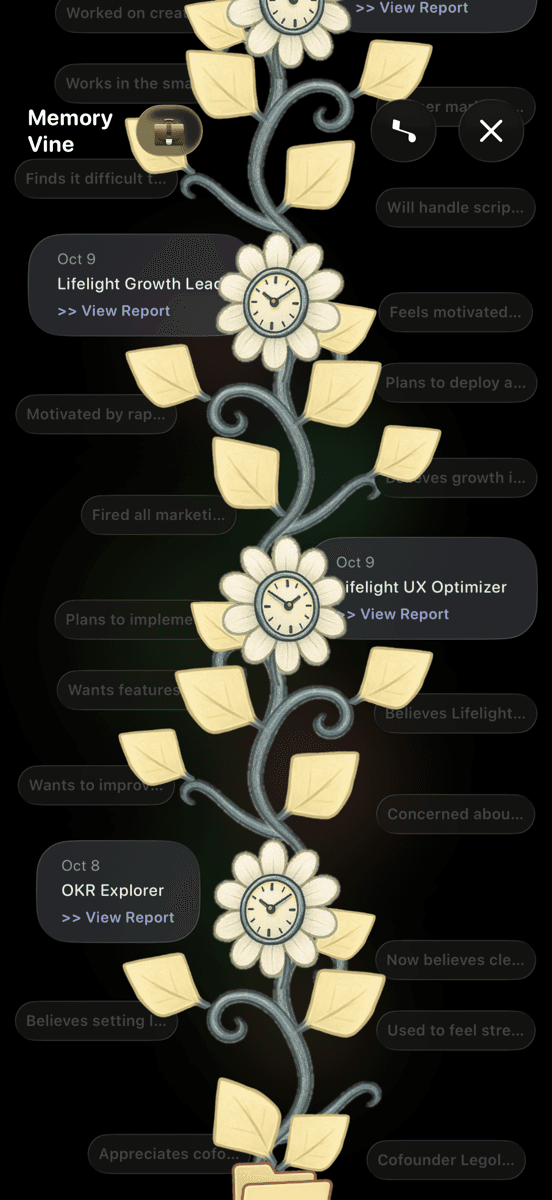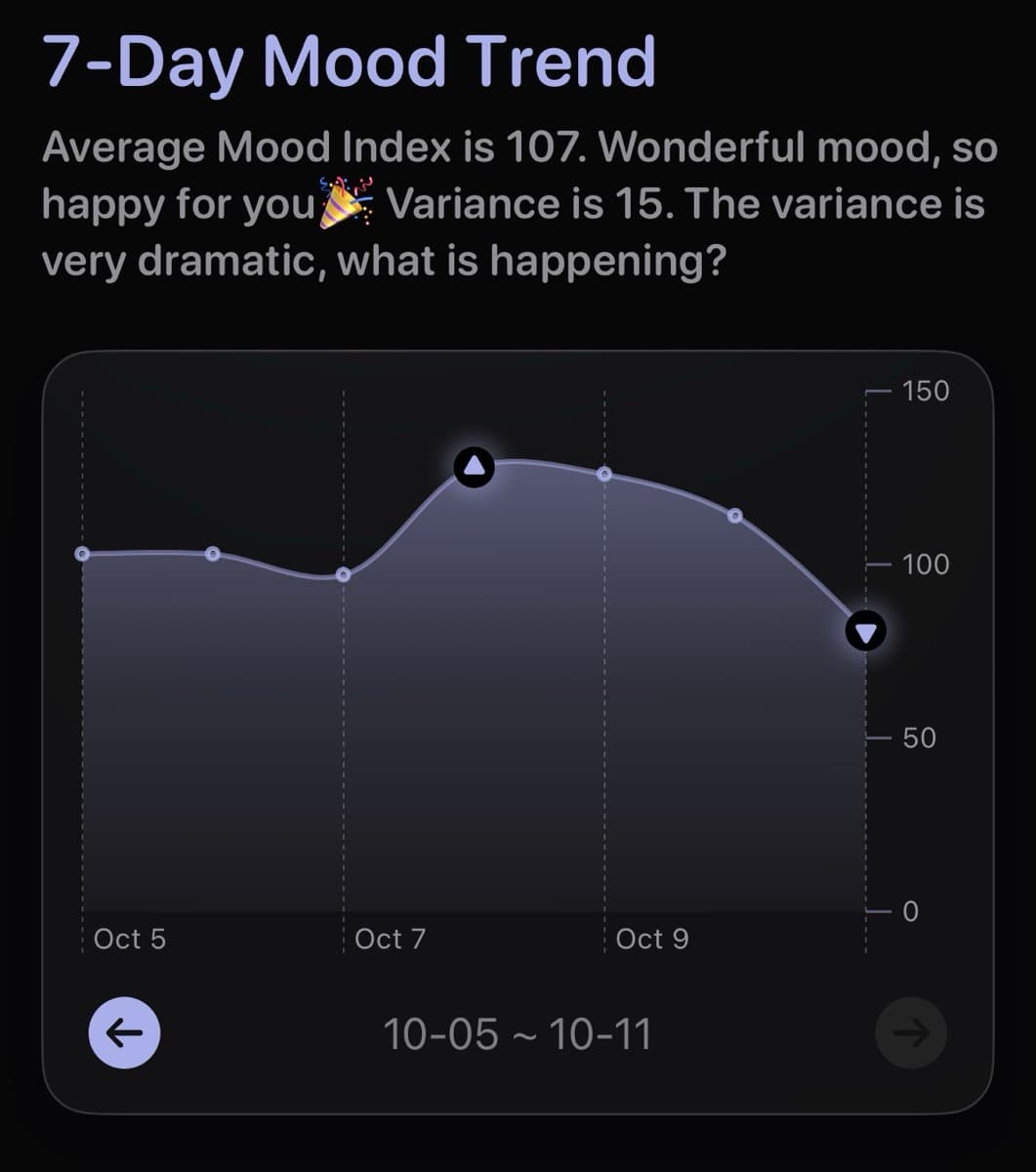You work incredibly hard for weeks. You're on top of everything. People are impressed. You're finally "functioning like a normal person."
Then you crash. Hard.
You can't get out of bed. Simple tasks feel impossible. You cancel everything. You feel like a failure.
After a few days (or weeks), you recover. You promise yourself you'll do better. You push even harder to make up for lost time.
And the cycle repeats.
If this sounds familiar, you're experiencing ADHD burnout—and it's not the same as regular burnout.
What Is ADHD Burnout? (It's Not What You Think)
Regular burnout happens when anyone—neurotypical or neurodivergent—works too hard for too long without adequate rest.
ADHD burnout is different. It's a specific cycle driven by executive dysfunction and dopamine dysregulation.
Here's what makes ADHD burnout unique:
- It's cyclical, not linear: You don't gradually burn out. You go from "crushing it" to "can't function" seemingly overnight.
- It's tied to masking: The harder you try to appear "normal," the faster you burn out.
- It includes emotional exhaustion: Not just physical tiredness, but complete emotional depletion and numbness.
- Recovery looks like "laziness": Which triggers shame, which delays recovery, which makes the next crash worse.
Research shows that 75% of adults with ADHD experience burnout cycles, compared to 40% of neurotypical adults experiencing traditional burnout.
The 4 Phases of the ADHD Burnout Cycle
Phase 1: Overcompensation (The "I've Got This" Phase)
What it looks like:
- You're hyperfocusing on work or responsibilities
- You're managing ADHD symptoms through sheer willpower
- You're saying yes to everything
- You're masking heavily in social and professional settings
- You feel productive, capable, maybe even "cured"
What's actually happening:
You're depleting your dopamine reserves and cognitive resources faster than you can replenish them. You're running on adrenaline and borrowed energy.
The hidden cost: You're neglecting basic needs—sleep, nutrition, social connection, downtime. These feel "optional" when you're in hyperfocus mode.
Phase 2: The Crash (The "I Can't Even" Phase)
What it looks like:
- Sudden, overwhelming exhaustion
- Executive function completely shuts down (can't start even simple tasks)
- Emotional numbness or extreme emotional sensitivity
- Physical symptoms: headaches, body aches, digestive issues
- Complete loss of motivation (even for things you usually enjoy)
- Brain fog so thick you can barely hold conversations
What's actually happening:
Your brain has run out of dopamine and cognitive resources. It's forcing you to stop because you ignored all the warning signs.
How long it lasts: Anywhere from 2 days to several months, depending on how depleted you are and whether you actually rest.
Phase 3: Shame Spiral (The "I'm Broken" Phase)
What it looks like:
- "Why can't I function like everyone else?"
- "I was doing so well, why did I ruin it?"
- "I'm lazy, weak, unreliable"
- Comparing yourself to neurotypical standards
- Beating yourself up for needing rest
What's actually happening:
Society tells us rest is earned through productivity. ADHD brains need rest to be productive. The shame delays your recovery and sets you up for the next crash.
The trap: Shame keeps you stuck. You can't recover while you're fighting yourself.
Phase 4: Recovery and Repeat (The "I'll Never Do That Again" Phase)
What it looks like:
- You start feeling better
- You promise yourself you'll set boundaries this time
- You create elaborate self-care plans
- You vow to be more "disciplined"
What actually happens:
You feel better, so you go back to overcompensating. The cycle starts again—often more intense because you're "making up for lost time."
Why ADHD Brains Are Prone to This Cycle
1. Dopamine Dysregulation
ADHD brains have lower baseline dopamine levels. When you're productive or hyperfocusing, you get a dopamine hit. This feels good, so you keep chasing it—until your brain runs out.
2. Time Blindness
You can't accurately sense how long you've been pushing yourself or how much rest you need. "Just one more task" turns into weeks of overwork.
3. All-or-Nothing Thinking
"I'm either crushing my to-do list or I'm a failure." There's no middle ground, no sustainable pace.
4. Rejection Sensitive Dysphoria (RSD)
The fear of disappointing others drives you to overcommit and overperform—until you crash and feel like you've let everyone down anyway.
5. Masking Exhaustion
Hiding your ADHD symptoms to appear "normal" requires constant cognitive effort. It's exhausting. The more you mask, the faster you burn out.
How to Recognize You're Entering the Burnout Cycle
Early warning signs (before the crash):
- You're working/hyperfocusing for hours without breaks
- You're skipping meals or eating irregularly
- You're sleeping less than 6-7 hours consistently
- You're canceling social plans to work
- You're saying yes to things you don't have capacity for
- You feel like you're "on" all the time (can't relax)
- Small tasks are taking longer than usual
- You're more irritable or emotionally reactive
This is where tracking helps. If you're logging your mood and energy levels (even casually), you'll notice patterns before the crash hits.
I use Lifelight to track my daily mood without having to remember to journal. The app automatically detects patterns—like when I'm in a high-productivity phase that's likely to lead to burnout. Seeing the data helps me intervene before I crash.
How to Break the ADHD Burnout Cycle
Step 1: Recognize It's a Cycle (Not a Character Flaw)
You're not lazy. You're not weak. You're stuck in a neurobiological pattern driven by dopamine dysregulation and executive dysfunction.
Action: Name it when it happens. "I'm in the overcompensation phase" or "I'm crashing." This reduces shame.
Step 2: Track Your Patterns
You can't break a cycle you don't understand.
Track:
- Energy levels (1-10 scale, daily)
- Sleep quality and duration
- Mood and emotional capacity
- Warning signs (irritability, skipping meals, brain fog)
After 2-4 weeks, you'll see:
- How long your overcompensation phases last
- What triggers crashes (overcommitment? lack of sleep? social masking?)
- What helps you recover faster
Step 3: Build in Preemptive Rest
Don't wait until you crash to rest. Rest before you think you need it.
Practical strategies:
- Schedule "nothing days": One day per week with zero obligations
- Take breaks during hyperfocus: Set a timer every 90 minutes, even if you feel fine
- Protect your sleep: Non-negotiable 7-8 hours, even during productive phases
- Say no more often: If you're already at 70% capacity, the answer is no
Step 4: Redefine Productivity
ADHD burnout happens because we measure ourselves against neurotypical productivity standards.
Reframe:
- Productivity isn't output—it's sustainable functioning
- Rest is productive (it prevents crashes)
- Doing less consistently beats doing everything and crashing
Step 5: Lower Your Baseline Expectations
This is hard, but necessary.
What neurotypical people can do sustainably ≠ What ADHD brains can do sustainably
You might only have 60% of a neurotypical person's executive function capacity on an average day. That's not failure—that's reality. Plan accordingly.
Step 6: Interrupt the Shame Spiral
Shame keeps you stuck in the cycle.
When shame shows up, try:
- Reframe: "I'm crashing" → "My brain needs rest to function"
- Self-compassion: "What would I tell a friend in this situation?"
- Data over feelings: Look at your tracking data. Is this part of your pattern? Then it's not a moral failing—it's information.
Step 7: Create a Crash Recovery Plan
You will crash sometimes. That's okay. Have a plan.
My crash recovery kit:
- Cancel non-essential commitments (no guilt)
- Lower the bar: laundry can wait, cereal for dinner is fine
- Gentle movement (walks, stretching—not intense workouts)
- Comfort media (rewatching favorite shows, no new information)
- Minimal social interaction (unless it's energizing for you)
- Sleep as much as your body wants
How long to rest: Until you feel like yourself again—not until you feel "productive."
What Helps Long-Term
1. External Supports
- Medication (if appropriate—it stabilizes dopamine)
- Therapy (especially for shame and RSD)
- ADHD coaching (for sustainable systems)
2. Boundary Setting
- Learn to say no without over-explaining
- Communicate your limits before you hit them
- Protect your recovery time fiercely
3. Environment Design
- Reduce decision fatigue (meal prep, capsule wardrobe, routines)
- Minimize sensory overload (noise-canceling headphones, dimmer switches)
- Make rest easy and appealing (cozy spaces, low-effort hobbies)
4. Community
- Find other ADHD adults who get it
- Share your patterns and strategies
- Normalize rest and boundaries
My Personal Burnout Breaking Strategy
I used to crash every 3-4 weeks like clockwork. Here's what changed:
- I track my energy daily (Lifelight does this automatically)
- I schedule preemptive rest (every Sunday is a nothing day, no exceptions)
- I say no to 80% of new requests (even when I feel fine)
- I reframed rest as essential (not optional, not earned)
- I stopped measuring myself against neurotypical productivity
Result: I haven't had a major crash in 6 months. I still have low-energy days, but they don't spiral into burnout.
You're Not Broken
The ADHD burnout cycle isn't a character flaw. It's a predictable pattern driven by neurobiology and societal expectations that weren't designed for neurodivergent brains.
You can break the cycle. But it requires:
- Understanding your patterns (tracking helps)
- Resting before you crash (not after)
- Rejecting neurotypical productivity standards
- Releasing shame about needing rest
Start small. Track for one week. Notice your patterns. Rest before you think you need it.
Your brain isn't designed for constant productivity. And that's okay.



